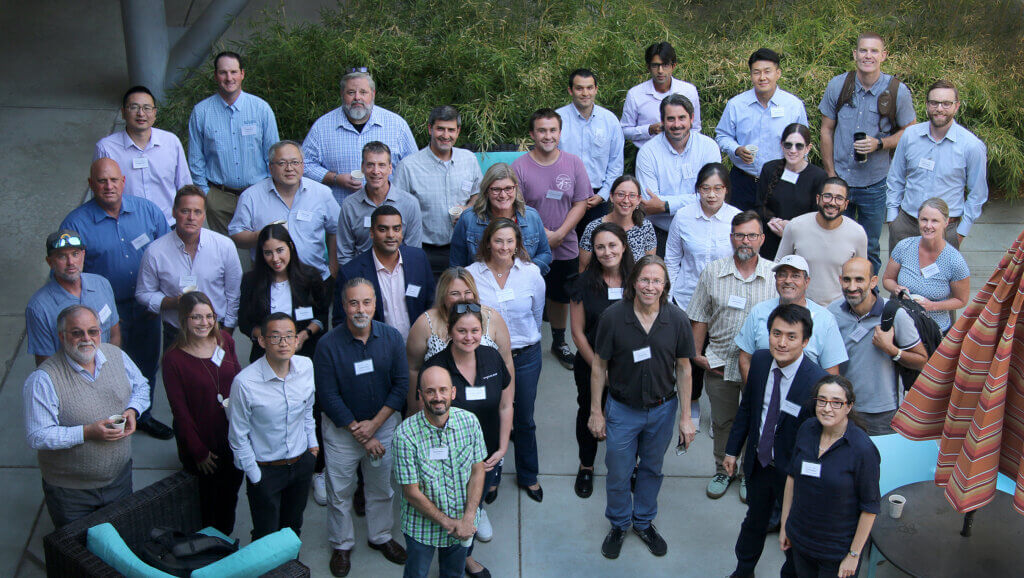When a natural disaster leaves a staggering amount of debris in its wake, cleanup efforts kick into high gear as workers fast-track materials to local landfills – a practice the engineering and science communities are aiming to correct.
The Global Waste Research Institute hosted a recent workshop at Cal Poly to identify and discuss sustainable solutions to post-disaster debris, drawing 45 participants from a wide range of academic, industry and regulatory groups across the country, including several Cal Poly graduates. The workshop was funded by the National Science Foundation.
“We are trying to reuse and recycle materials and create value instead of sending everything to landfills,” said Nazli Yesiller, who serves as the director of the Global Waste Research Institute at Cal Poly and co-director of the NSF SUstainable Material Management Extreme Events Reconnaissance organization.
“Moving out post-disaster debris as quickly as possible creates a significant roadblock to sustainability,” she added.
SUMMEER was established in 2020 with a $300,000 NSF grant for the purpose of contributing to natural hazards research through training and reconnaissance, with a focus on sustainable materials management.
The September workshop at Cal Poly followed similar events in Florida and Virginia, all funded by NSF and co-organized by Yesiller, to identify challenges in data needs, field work, potential tools and techniques for reconnaissance activities, and preliminary guidelines and standards.
“We discussed challenges and solutions to most effectively conducting reconnaissance,” Yesiller said.
During the Cal Poly workshop, experts in the field shared lessons from recent natural disasters in California that included the 2017 Mud Creek landslide on Big Sur’s coast, 2018 debris flow and flash flood in Montecito, and 2018 Camp Fire in Butte County.
Information from presentations and breakout session discussions will be summarized and synthesized for the research community to guide future exploration and further studies.
“There is very little tracking of materials and very little research,” Yesiller said. “Post-disaster debris management is an underdeveloped field.”
Geotechnical Engineering Professor Jim Hanson, who joined the workshop, said it is imperative that the public understand the jaw-dropping quantity of debris left after a disaster and its environmental impact.
He also highlighted the need for new standards that would govern how materials, such as concrete, could be safely and effectively reused.
Next up, according to Yesiller, is securing funding to finance full-scale reconnaissance in the collection of post-disaster debris data and assessment of waste storage sites and management activities over time.
If you would like to support students in Civil and Environmental Engineering, visit our giving page here.


